The Role of Brake Rotor Machining in Vehicle Performance
When it comes to vehicle safety and performance, the braking system plays a crucial role. Among its many components, the brake rotors are integral in ensuring a smooth and responsive braking experience. Over time, brake rotors can develop wear and tear, leading to issues such as vibration, reduced braking efficiency, and uneven pad wear. This is where brake rotor machining comes into play. In this article, we will delve into the importance of brake rotor machining, how it impacts vehicle performance, and why it should be considered as part of regular vehicle maintenance.
Understanding Brake Rotor Machining
Brake rotor machining, also known as rotor resurfacing or skimming, is a process that involves removing a thin layer of material from the surface of the brake rotors. This is done using a lathe machine to create a smooth and even surface, eliminating imperfections like grooves, rust, or warping.
The process of rotor machining is particularly beneficial when:
- 1.The rotors have minor surface irregularities.
- 2.There is uneven wear on the rotors.
- 3.The braking system produces noise or vibrations.
- 4.The vehicle exhibits reduced stopping power.
How Brake Rotor Machining Improves Vehicle Performance
- Enhanced Braking Efficiency
Uneven or damaged rotors can significantly affect braking performance. Machining restores the rotors to a smooth surface, ensuring even contact between the brake pads and rotors, leading to improved stopping power. - Reduction of Brake Noise and Vibration
Warped or grooved rotors can cause noticeable vibrations and squeaking sounds when braking. Machining eliminates these irregularities, providing a quieter and smoother driving experience. - Prolonging Brake Pad Life
If the rotors are not smooth, they can cause uneven wear on brake pads, leading to premature replacements. By machining the rotors, you ensure even pad wear, thereby extending their lifespan and reducing maintenance costs. - Cost-Effective Alternative to Replacement
In many cases, machining is a more budget-friendly option compared to replacing rotors entirely. If the rotors are still within the manufacturer’s thickness specifications, resurfacing them can restore their effectiveness at a fraction of the cost. - Consistent Brake Performance
Properly resurfaced rotors provide a balanced braking response, ensuring safe and predictable stopping distances, which is crucial for both everyday driving and emergency situations.
When Should You Consider Brake Rotor Machining?
Not all rotors are suitable for machining. If they are excessively worn or below the minimum thickness recommended by the manufacturer, replacement is the safer option. However, you should consider brake rotor machining when:
- You notice pulsation or vibration when braking.
- The rotors have minor grooves or scoring.
- The vehicle has uneven braking response.
- The mechanic recommends it as part of routine brake service.
Brake Rotor Machining vs. Replacement: Which One is Right for You?
While machining is a great way to restore rotors, it is not always the best solution. Here are some key points to consider:
- Opt for Machining When: The rotors have minor surface imperfections, and they are still within the minimum thickness limits.
- Opt for Replacement When: The rotors are too thin, severely warped, or have deep grooves that machining cannot correct.
Final Thoughts
Brake rotor machining is an essential maintenance practice that can improve vehicle performance, enhance braking efficiency, and extend the life of your braking system. However, it is important to determine whether resurfacing is a viable option based on the rotor’s condition. Regular brake inspections and professional guidance from a trusted mechanic can help you make the best decision for your vehicle’s safety and performance.
If you’re looking for expert brake rotor machining or replacements, Sterling NZ offers professional brake servicing solutions to keep your vehicle in optimal condition.
Frequently Asked Questions (FAQs)
1. How often should brake rotors be machined?
Brake rotors should be checked during routine brake inspections. If they show signs of uneven wear, minor grooves, or cause braking vibrations, machining may be necessary. However, if they are too thin, replacement is recommended.
2. Does machining rotors affect their lifespan?
Yes, since machining removes a thin layer from the rotor surface, it does slightly reduce their overall lifespan. However, when done correctly and within manufacturer limits, it can extend the usability of the existing rotors without compromising safety.
3. Can I drive with warped brake rotors?
Driving with warped rotors is not recommended as it can lead to reduced braking performance, vibrations, and even potential safety hazards. If you experience these issues, have your rotors inspected and machined or replaced as necessary.
For more insights and professional brake services, visit Sterling NZ today!
The Role of Brake Rotor Machining in Vehicle Performance Read More »
 NZD
NZD
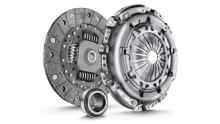
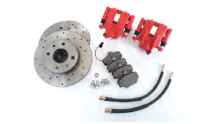
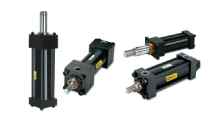
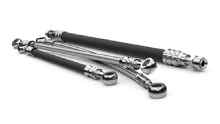
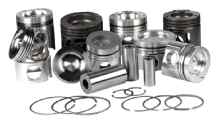
.jpg)
.jpg)
.jpg)
.jpg)

.jpg)
.jpg)


